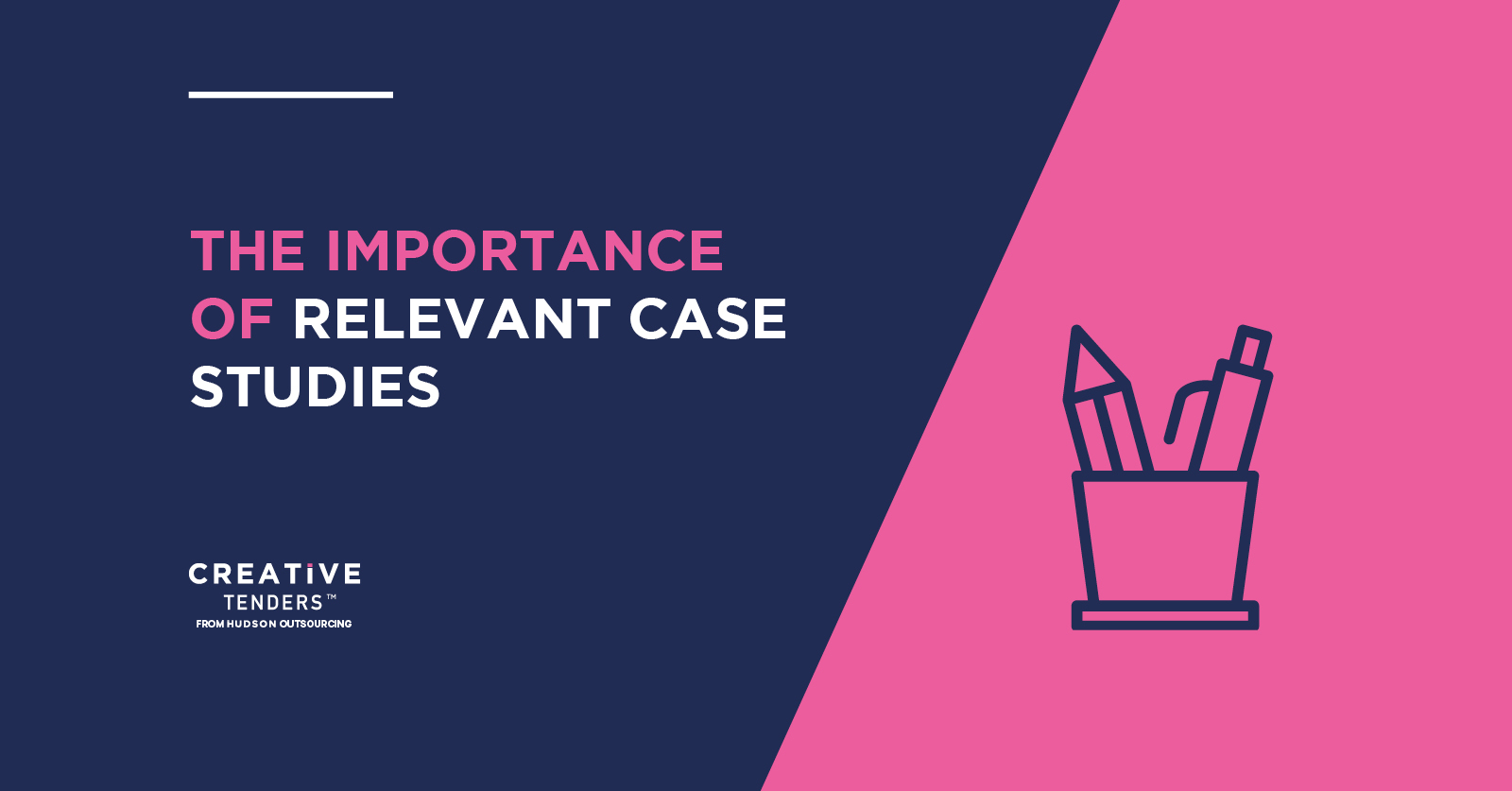PR Consultants Required for an Exclusive Project with Hudson
We have recently uploaded a new project for PR Consultancy & Support, exclusively to Creative RFPs. This RFP requires submissions from Public Relations professionals to support Hudson with raising the profile of our group.
Hudson is the parent company of Creative RFPs and all ten sector-specific portals that sit under the Hudson Discover division. We help our clients to Discover new opportunities, Succeed at winning them, Procure more efficiently and Invest their money more wisely, all whilst helping them Grow their business, Employ the right people, capitalise on the latest technology via our internal Labs Division and ensure a sustainable and bright future for their workforce through Hudson Initiative.
Our aim
The aim of the project is to promote Hudson for the purposes of business development both externally and internally. As part of this, we have a more stringent focus on our Discover and Succeed divisions, as well as raising the profile of our Directors, Jill and John Hudson.
We want to achieve national coverage and promote our services through multiple media outlets. We will be looking to award this project to a PR Consultant/Consultancy who can help us spread our vision and raise our geographic profile, with a strong focus on London as a priority.
PR consultancy outputs include:
- Helping to raise our Group profile and achieve national coverage. This will include facilitating all editorial content and gaining access to outlets such as BBC News, television appearances, radio appearances, national newspapers and sector magazines/publications.
- Helping us raise the profile of our Managing Director, Jill Hudson and Group CEO, John Hudson, providing them opportunities for interviews and appearances on the above stated outlets.
- Strategically placing Hudson’s Senior Executive staff in front of Procurement Directors, Procurement Managers, Heads of Marketing, Business Managers, Company Directors and Sales Directors for a wide range of public and private-sector organisations.
- Being responsible for press cutting throughout contract delivery.
Please be expected to understand our multi-faceted organisation and share our ethos and vision throughout the project.
Project details
Further information for PR Consultants wishing to bid for this opportunity can be found in the downloadable brief along with submission details and in-depth requirements.
Please note, you must be a Creative RFPs subscriber in order to bid for this project. Sign up to our portal.
Clarification Deadline: 17/06/2019
Deadline for Submissions: 24/06/2019
DOWNLOAD BRIEF
Find more opportunities such as these on our Creative RFPs portal. Our Opportunity Trackers manually scour and upload creative RFPs from hundreds of websites across the UK. You’re able to filter the results by keyword, location, budget and more. This saves you a lot of time – streamlining the process.
Below are some previous PR Consultancy RFPs sourced on our portal:
Provision of PR Consultancy Services
Bus Eireann/Irish Bus- International- Budget: Undisclosed
Fly-Tipping Action Wales: PR Consultancy
Natural Resources Wales- Wales- Budget: Undisclosed
GB-Telford: PR Consultancy Services
Telford & Wrekin Council- West Midlands- Budget: £25,000
GDPR Consultancy RFP
Charities Aid Foundation- South East- Budget: Undisclosed
Provision of Marketing & PR Consultancy Services
Radius Housing- Northern Ireland- Budget: Undisclosed
WE SOURCE CREATIVE CONTRACT OPPORTUNITIES FOR SECTORS INCLUDING;
- Events Management
- Digital Services
- Design
- Graphic Design
- Marketing & PR
- Website
- Video Production and many more.
Book a free live demo with Creative RFPs to see how we can help your business grow.



